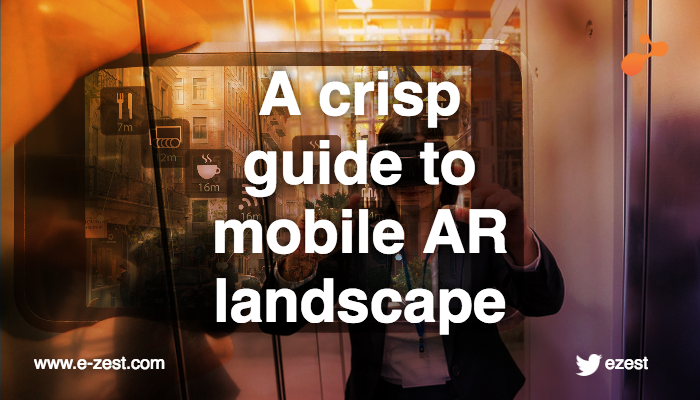
SCORM offers an impressive set of tracking features in their specifications. The SCORM specs on the official ADL website show that there is a vast array of tracking data that is not even being used by existing courses today. There are very intricate parameters that courses don’t just need today and they make do with the more traditional, oft-used variables.
There are other ways though, to have better metrics for SCORM tracking rather than making use of more esoteric parameters. SCORM is already being taken to the mobile by different LMS-players and offline publishers. This is great news as SCORM does deserve a seat in the mobile world. It has successfully carried out the learning needs for the desktop and now we must help it port well to the mobile world. But when we do that, it also brings up new opportunities for tracking and analytics that weren’t available before.
The mobile geo-location services are very useful to know about the places where the content is consumed. If the learning managers get a graph to see how the courses are consumed based on the geographical location, then that information can be fed back to the instruction designers to ‘write’ courses more aligned to the needs of that location. Such data can also spark interesting questions, the answers to whom could be valuable insights. Why do learners consume the most data when they are 500 meters from the office? Is the network particularly good there? Why is there no consumption after 1000 meters? Do they need offline access?
The mobile medium can also capture gestures and other micro-interactions of the learner that the desktop couldn’t. These metrics also go a long way in showing us the ways the learners want to interact with the course. Are they tapping twice to mark their answers? Are they not swiping the answer bars but tapping them? Should we change that course interaction?
The mobile devices’ front-cameras can also track the eye movements of the learners (with due permissions of course) and understand the speed of reading. This can again feedback the course creation process and get better understanding about the ways the content can be structured. This can be even more important because a number of desktop SCORM packages that are ported directly to mobile, render as-is and that causes problems and frustration to the learner. Such metrics can throw some light on the dropping course consumption levels.
The metrics for mobile have also the opportunity for motion tracking to understand if the courses are consumed while sitting, standing or walking or maybe even driving. The mobile world can also help us understand the lighting conditions under which the desired learning is taking place. This would provide clues for designing the sizes and colors to be used for the courses.
The mobile world will indeed bring a new wave of possibilities to track and analyze. The SCORM standard’s parameters need to be used in conjunction with the mobile-specific tracking data to create a better, user-centric course design.






